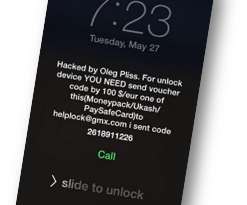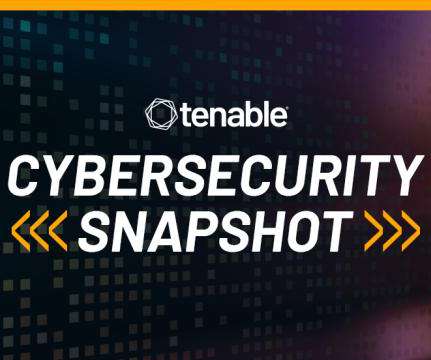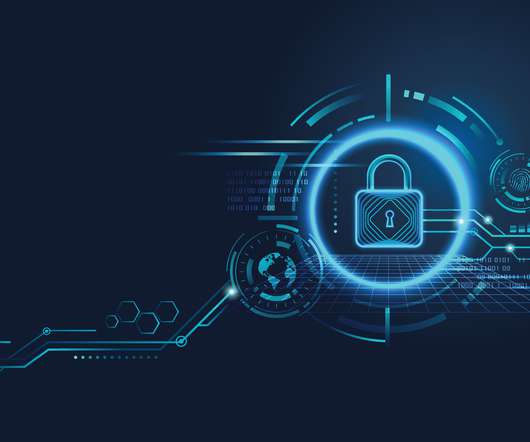Fighting Ransomware: Using Ivanti’s Platform to Build a Resilient Zero Trust Security Defense – Part 2
Ivanti
SEPTEMBER 9, 2021
The quickest method to check for the presence of malware on your iPhone, iPad or macOS devices is to look for the presence of an unknown configuration profile within the Settings > General > VPN & Device Management settings. Victims would then be coerced to pay money to remove the malware from their devices or laptops.
















Let's personalize your content